Home>Garden Essentials>What Do Lantana Seeds Look Like
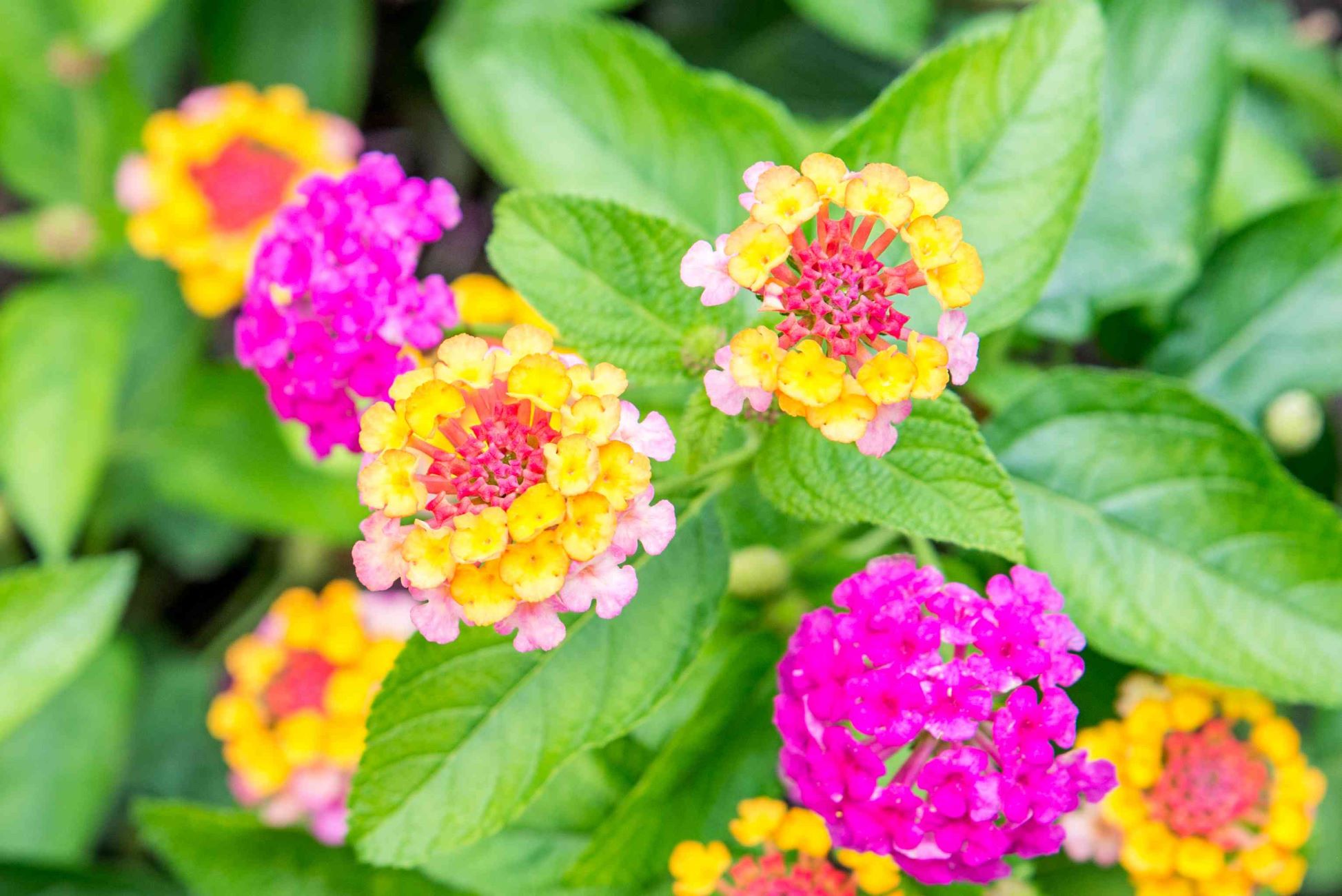

Garden Essentials
What Do Lantana Seeds Look Like
Modified: March 16, 2024
Discover what lantana seeds look like and how they can transform your garden. Explore our comprehensive guide to lantana seed identification and cultivation tips.
(Many of the links in this article redirect to a specific reviewed product. Your purchase of these products through affiliate links helps to generate commission for Storables.com, at no extra cost. Learn more)
Introduction
Welcome to the wonderful world of gardening! Whether you’re a seasoned gardener or just starting out, one of the most exciting aspects of gardening is the opportunity to grow plants from seeds. Seeds are fascinating capsules of life, harboring the potential of a majestic plant within their tiny shells. In this article, we will delve into the world of lantana seeds and explore what they look like.
Lantana is a popular flowering plant known for its vibrant and colorful blooms. It belongs to the Verbenaceae family and is native to tropical and subtropical regions of the Americas and Africa. Lantana seeds are an essential part of the plant’s life cycle, as they are responsible for the propagation and continuation of this beautiful species. Understanding the physical characteristics of lantana seeds can not only enhance your gardening knowledge but also assist you in successfully growing lantanas from seedlings.
So, let’s dive into the fascinating world of lantana seeds and discover what makes them unique and special.
Key Takeaways:
- Lantana seeds are small, dark brown or black, and have a smooth, hard texture. Their unique physical characteristics help them survive and thrive in diverse environments, making them fascinating to observe and nurture.
- Understanding the germination process of lantana seeds is essential for growing healthy lantana plants. From scarification to providing the right moisture and temperature conditions, each step contributes to the magical transformation of these tiny seeds into vibrant seedlings.
Read more: What Do Salvia Seeds Look Like
Overview of Lantana Seeds
Lantana seeds play a vital role in the reproduction and propagation of the lantana plant. These seeds are produced after the lantana flowers have been pollinated, and they contain all the genetic information necessary to grow into a new plant.
One of the remarkable characteristics of lantana seeds is their ability to withstand various environmental conditions, including drought and heat. This adaptability makes lantana seeds ideal for gardeners in different climates.
Furthermore, lantana seeds have a protective outer coating that helps them survive in challenging conditions. This coating acts as a barrier against moisture loss and protects the seed from potential threats such as insects and diseases.
Once the lantana seeds are released from the dried flower heads, they are dispersed by different means, such as wind, water, or even animal movement. This dispersal mechanism allows for the wide distribution of lantana seeds, increasing the chances of new lantana plants growing in different areas.
The life cycle of lantana seeds consists of various stages, including germination, growth, flowering, and seed production. Proper care and understanding of these stages can help ensure successful growth and development of lantana plants.
Now that we have a brief overview of lantana seeds, let’s take a closer look at their physical characteristics and the unique features that differentiate them from other seeds.
Physical Characteristics of Lantana Seeds
Lantana seeds exhibit various physical characteristics that make them distinct and easily recognizable. By understanding these characteristics, you’ll be able to identify lantana seeds with confidence.
Color of Lantana Seeds:
Lantana seeds are typically dark brown or black in color. The dark hue helps protect the internal genetic material from excessive light exposure, ensuring the seed’s viability.
Size of Lantana Seeds:
Lantana seeds are relatively small, measuring about 2-3 mm in length. Despite their small size, these seeds carry all the necessary components for successful germination and growth.
Texture of Lantana Seeds:
The outer surface of lantana seeds is usually smooth and hard. This texture serves as a protective layer for the vulnerable embryo inside.
Pattern or Markings on Lantana Seeds:
While lantana seeds might appear plain at first glance, upon closer inspection, you may notice fine patterns or ridges on the seed coat. These patterns can vary between different lantana varieties and add visual interest to the seeds.
Shape of Lantana Seeds:
Lantana seeds generally have an oval or slightly oblong shape. This shape allows for efficient storage and easy dispersal, making it easier for the seeds to find suitable conditions for germination and growth.
Overall, lantana seeds possess physical characteristics that enable them to withstand harsh environments and ensure the successful propagation of the plant species.
Now that you know how to identify lantana seeds based on their physical characteristics, let’s explore the fascinating process of germinating these seeds and nurturing them into healthy lantana plants.
Color of Lantana Seeds
Lantana seeds are known for their dark brown or black color. The deep hue of these seeds serves an important purpose in their survival and germination process.
The dark color of lantana seeds is primarily due to the presence of pigments called anthocyanins. Anthocyanins are natural compounds that give many plants their vibrant colors, ranging from red to purple to blue. In the case of lantana seeds, these anthocyanin pigments contribute to their dark brown or black appearance.
The dark color of lantana seeds serves as a protective mechanism against excessive light exposure. When seeds are exposed to intense sunlight, they can undergo damage to their genetic material, reducing their chances of successful germination. The dark pigments in lantana seeds work as a natural sunscreen, shielding the internal tissues and genetic material from harmful UV radiation.
Furthermore, the dark color of lantana seeds also aids in heat absorption. Dark colors have a higher heat-absorbing capacity, and lantana seeds take advantage of this property. By absorbing heat from the surroundings, lantana seeds can maintain a slightly higher temperature, which can accelerate the germination process. This is particularly beneficial in cooler climates, where the additional warmth can help promote growth.
It is important to note that while most lantana seeds are dark brown or black, there can be slight variations in color between different lantana varieties. Some seeds may have a slightly lighter shade of brown or exhibit subtle variations in color patterns due to genetic differences.
By understanding the characteristic color of lantana seeds, you can easily identify them and ensure their proper care during the germination process. So, the next time you encounter these small dark-hued seeds, appreciate their protective nature and the role their color plays in their successful growth.
Size of Lantana Seeds
Lantana seeds are relatively small in size, measuring about 2-3 millimeters in length. Despite their small stature, these seeds contain all the essential components for successful germination and growth.
The small size of lantana seeds presents several advantages in terms of their dispersal and adaptation to diverse environments. Being small allows lantana seeds to be easily carried by wind, water, or even animal movement, facilitating their distribution to new areas and increasing the chances of successful propagation.
Furthermore, the small size of lantana seeds enables them to be efficiently packed and stored within the seed heads of the lantana flower. This efficient packaging ensures that lantana plants can produce a large number of seeds, further boosting their chances of survival and dispersal.
Despite their small size, lantana seeds are densely packed with all the necessary nutrients and genetic material to initiate and sustain the growth of a new plant. Inside each tiny seed, you will find an embryo, which is the early stage of a plant’s development, surrounded by a protective seed coat. The embryo contains the genetic information required for the growth and development of a mature lantana plant.
When it comes to handling lantana seeds, their small size requires a gentle touch. Care should be taken while sowing them to ensure an even distribution and avoid overcrowding. Using a fine seed starting mix or gently pressing the seeds into the soil surface can help provide them with the optimal conditions for germination.
So, the next time you come across these tiny lantana seeds, don’t underestimate their potential. Despite their small size, they hold the key to the growth and beauty of lantana plants. With proper care and nurturing, these seeds can transform into stunning lantana blooms, adding color and vibrancy to your garden.
Lantana seeds are small, round, and dark in color. They are often black or dark brown and have a smooth, shiny surface. When looking for lantana seeds, keep an eye out for these distinct characteristics.
Read more: What Do Garlic Seeds Look Like
Texture of Lantana Seeds
Lantana seeds have a distinct texture that can be described as smooth and hard. This unique texture plays a crucial role in protecting the delicate embryo inside the seed and ensuring its viability.
The outer coating of lantana seeds, also known as the seed coat, is smooth to the touch. This smooth texture acts as a barrier, shielding the internal tissues from potential threats such as moisture loss, physical damage, and attacks by insects or microorganisms.
The hardness of lantana seeds further enhances their protective nature. The hard seed coat serves as a physical barrier that prevents the breakage or injury of the delicate embryo inside. This protection is essential for the embryo’s survival during its journey from the seed to a new plant.
The texture of lantana seeds also contributes to their ability to withstand adverse environmental conditions. The hard seed coat helps lantana seeds survive in dry or arid regions by protecting them against desiccation, which is the excessive loss of moisture. This adaptation allows lantana seeds to maintain their internal moisture content and remain viable until favorable conditions for germination are present.
When handling lantana seeds, their smooth and hard texture can make them relatively easy to sow and handle. Their robustness ensures that they can withstand gentle handling, including planting, without getting damaged or losing their viability.
Upon closer examination, you may also notice that the outer seed coat of lantana seeds is slightly glossy. This shine adds another dimension to their overall visual appeal and can make them stand out when compared to other seeds.
In summary, the smooth and hard texture of lantana seeds serves as a protective shield for the delicate embryo inside. It helps them withstand harsh environmental conditions and ensures their viability until the right conditions for germination and growth are present.
Pattern or Markings on Lantana Seeds
While lantana seeds may initially appear simple and plain, upon closer observation, you may notice subtle patterns or markings that add uniqueness and visual interest to these tiny capsules of life.
The patterns and markings on lantana seeds can vary between different lantana varieties and even within the same plant. These variations contribute to the overall diversity of lantana seeds and make each one a unique work of nature.
One common marking that can be observed on lantana seeds is a fine ridged or wrinkled pattern on the seed coat. These ridges or wrinkles can create a textured appearance and give the seeds a slightly bumpy feel when touched. The exact pattern and intensity of the ridges can differ between different lantana varieties, adding to the individuality of each seed.
In some cases, lantana seeds may exhibit faint striations or lines across their surface. These delicate lines can add a sense of movement and flow to the seeds, further highlighting their intricate beauty.
While the patterns and markings on lantana seeds may not be as prominent as those seen on other types of seeds, they serve as a reminder of the intricate and detailed nature of the plant kingdom. These markings can also serve as a distinguishing feature when identifying lantana seeds, especially if you are familiar with the specific characteristics of a particular lantana variety.
When handling lantana seeds, it is beneficial to observe and appreciate these subtle patterns and markings. While they may not impact the growth or germination process, they add an extra layer of beauty and intrigue to these small but remarkable seeds.
So, the next time you come across lantana seeds, take a moment to examine and appreciate the intricate patterns and markings that adorn them. They are a small glimpse into the fascinating world of nature’s artistry.
Germination Process of Lantana Seeds
The germination process is a critical stage in the life cycle of lantana seeds. It marks the beginning of a new plant’s growth and development. Understanding the germination process can help gardeners ensure the successful transformation of lantana seeds into healthy seedlings.
Before diving into the specific steps of germination, it’s important to note that lantana seeds have naturally occurring dormancy mechanisms. These mechanisms prevent the seeds from immediately sprouting and ensure they germinate under suitable conditions for optimal growth.
The germination process of lantana seeds typically involves the following steps:
- Preparation: Before sowing lantana seeds, it’s essential to prepare suitable conditions that promote germination. This includes providing well-draining soil, maintaining appropriate moisture levels, and ensuring adequate sunlight or artificial light for seedlings.
- Scarification: Lantana seeds have a hard outer seed coat that can hinder water absorption. Scarification is a technique used to break or weaken the seed coat, allowing water to penetrate and initiate the germination process. This can be achieved by gently rubbing the seeds with sandpaper or carefully nicking the seed coat with a sharp blade.
- Stratification: Some lantana seeds may benefit from a period of cold stratification. This involves exposing the seeds to cold temperatures for a specific duration, mimicking the conditions experienced during winter. Cold stratification can help break seed dormancy and enhance germination rates.
- Sowing: Once the seeds are scarified or stratified (if required), they can be sown in the prepared soil. It’s important not to bury the seeds too deeply as they are small and need light to germinate. Gentle pressing or covering the seeds lightly with a thin layer of soil is sufficient.
- Moisture and Temperature: Lantana seeds require consistent moisture to germinate. Keep the soil moist but not overly saturated. Additionally, providing the appropriate temperature range conducive to germination, usually around 70-80°F (21-27°C), can help stimulate seed growth. Using a seed tray or covering the container with plastic wrap can help retain moisture and create a humid microenvironment.
- Germination: With the right conditions in place, lantana seeds will begin to germinate. The first sign of germination is the emergence of a tiny seedling, typically within 7-14 days. As the seedling grows, it develops its first set of true leaves, indicating successful germination.
It’s important to note that germination times can vary depending on various factors, including seed quality, environmental conditions, and lantana variety. Some seeds may germinate quickly, while others may take longer to sprout.
As the lantana seedlings grow, they will require proper care, including adequate sunlight, water, and nutrients. Transplanting them into larger containers or the garden bed should be done once they have developed a strong root system and several sets of leaves.
By understanding and facilitating the germination process of lantana seeds, you can ensure a higher success rate in growing healthy lantana plants. Patience, attentiveness, and providing optimal growing conditions are key to nurturing these seeds into thriving lantana beauties.
Conclusion
As we conclude our exploration of lantana seeds, we have gained a deeper understanding of their physical characteristics and the fascinating germination process that gives birth to new lantana plants. From their dark brown or black color to their small and sturdy size, lantana seeds possess unique traits that contribute to their survival and dispersal in diverse environments.
The smooth and hard texture of lantana seeds acts as a protective shield, safeguarding the delicate embryo inside. This texture helps them withstand harsh conditions and ensures their viability until the right conditions for germination are present.
A closer inspection of lantana seeds may reveal subtle patterns or markings on their seed coat, adding a touch of individuality and intrigue to these tiny capsules of life. While these patterns may not impact the germination or growth process, they serve as a testament to the intricate beauty found within nature.
The germination process of lantana seeds involves key steps such as preparation, scarification, stratification (if required), sowing, and providing the right moisture and temperature conditions. Understanding these steps and providing optimal care allows us to witness the transformation of lantana seeds into vibrant seedlings, ultimately leading to mature and blossoming lantana plants.
By embracing the journey of lantana seeds, gardeners can experience the excitement and satisfaction of nurturing these small wonders of nature. From their early stages as dormant seeds to their emergence as thriving plants, lantana seeds remind us of the resilience and beauty found within the world of gardening.
So, the next time you encounter lantana seeds, take a moment to appreciate their physical characteristics, admire their intricate patterns, and nurture them through the germination process. Witness the magic unfold as these tiny seeds grow into magnificent lantana plants, bringing color and joy to your garden.
Frequently Asked Questions about What Do Lantana Seeds Look Like
Was this page helpful?
At Storables.com, we guarantee accurate and reliable information. Our content, validated by Expert Board Contributors, is crafted following stringent Editorial Policies. We're committed to providing you with well-researched, expert-backed insights for all your informational needs.
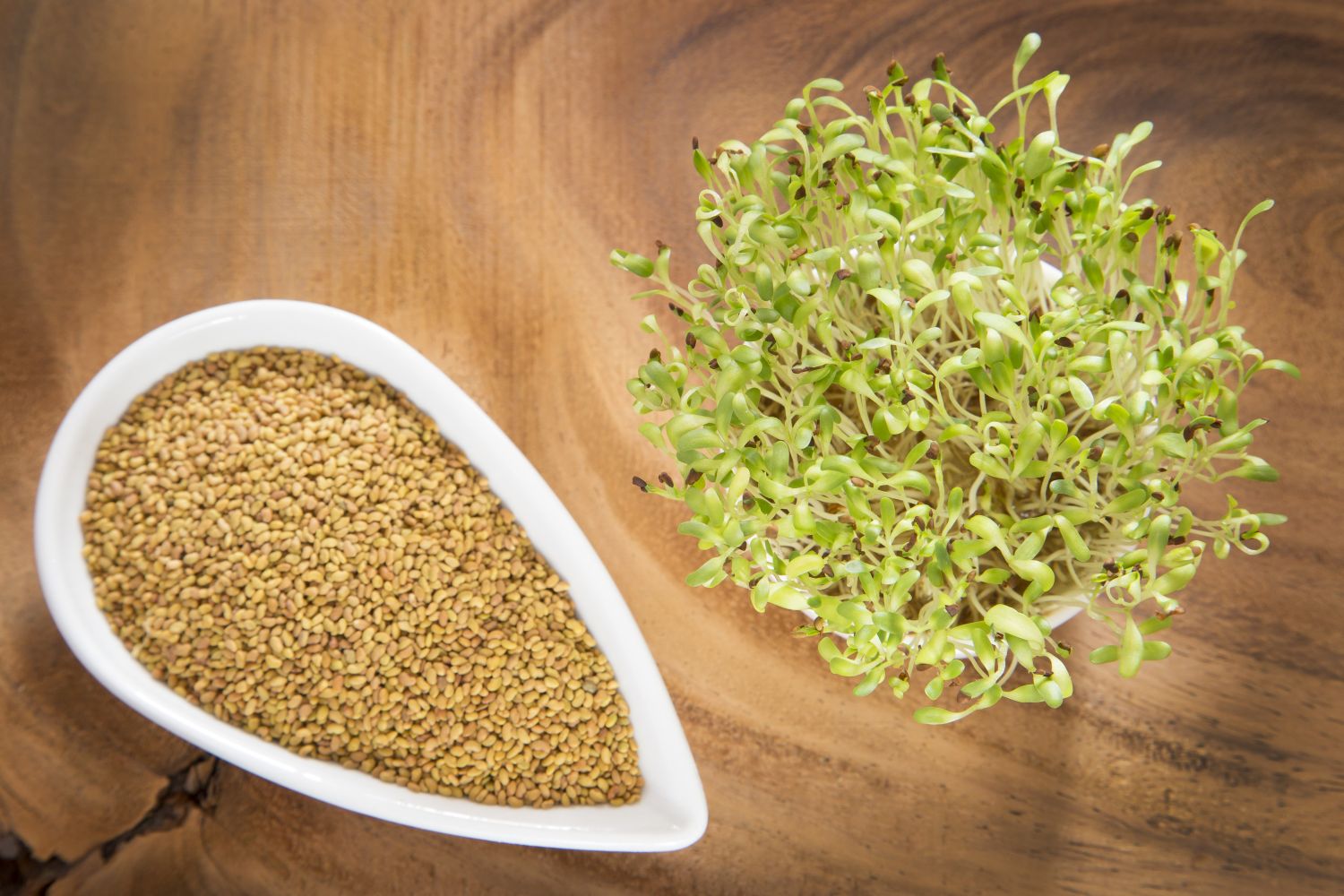
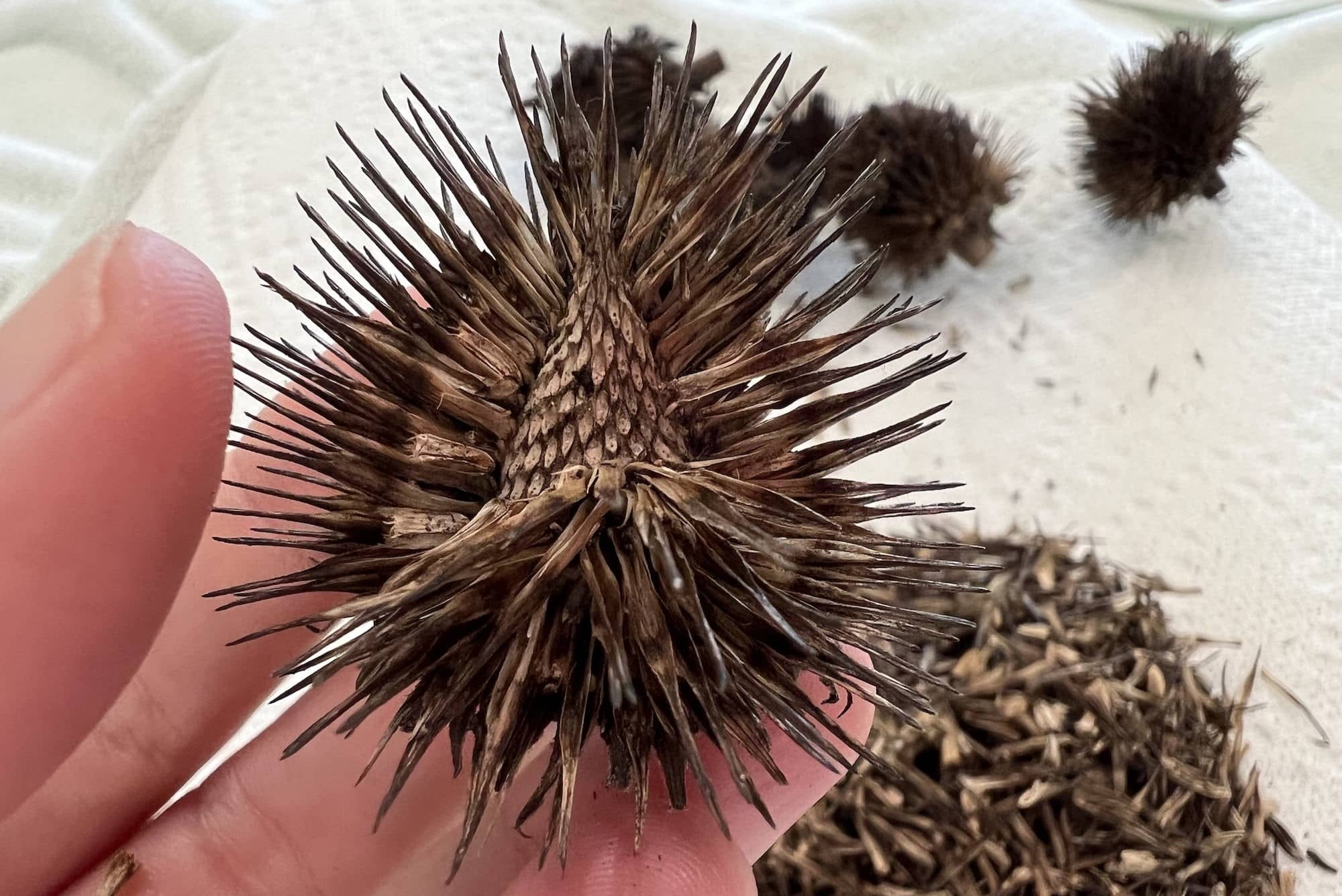
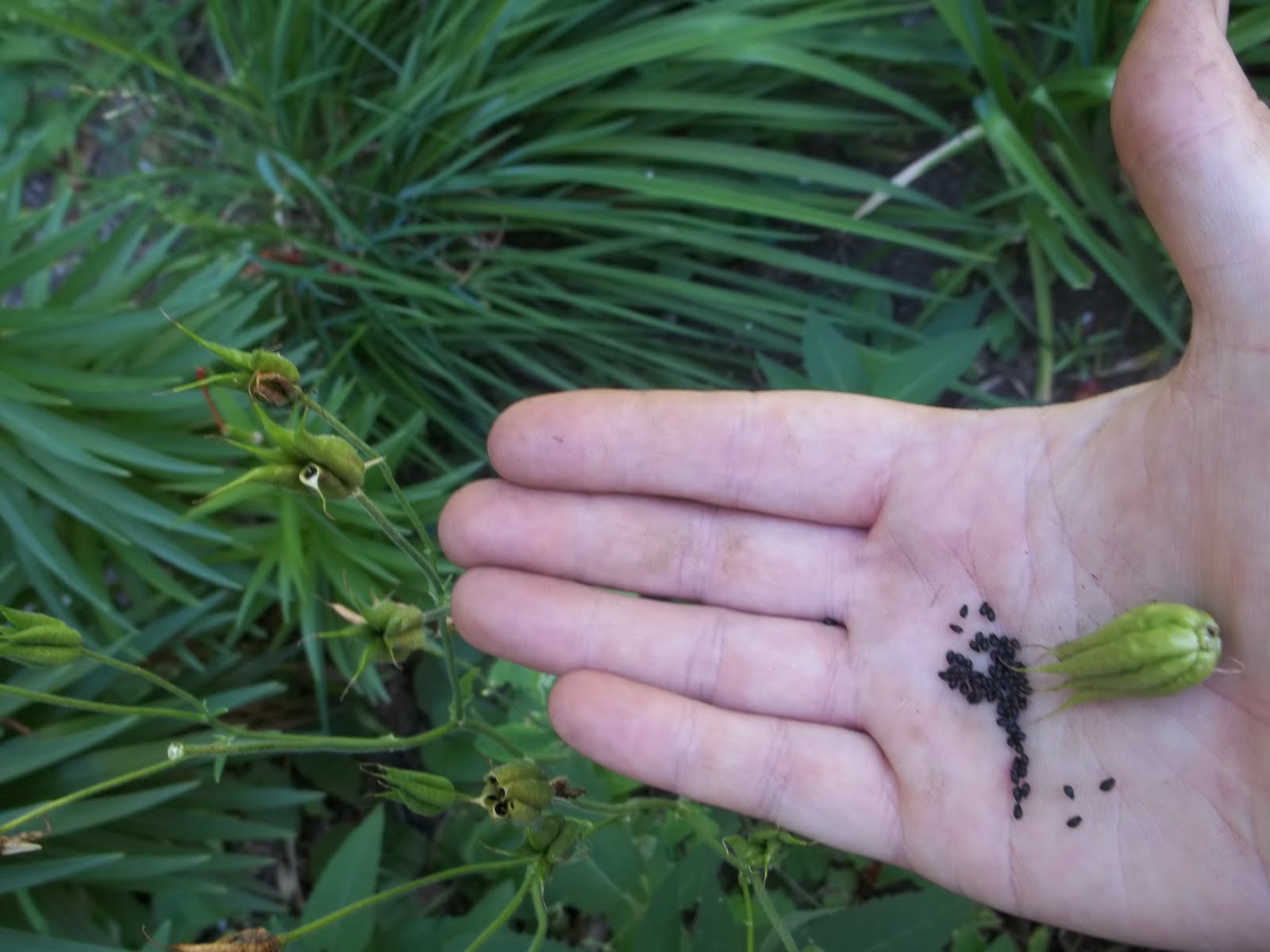
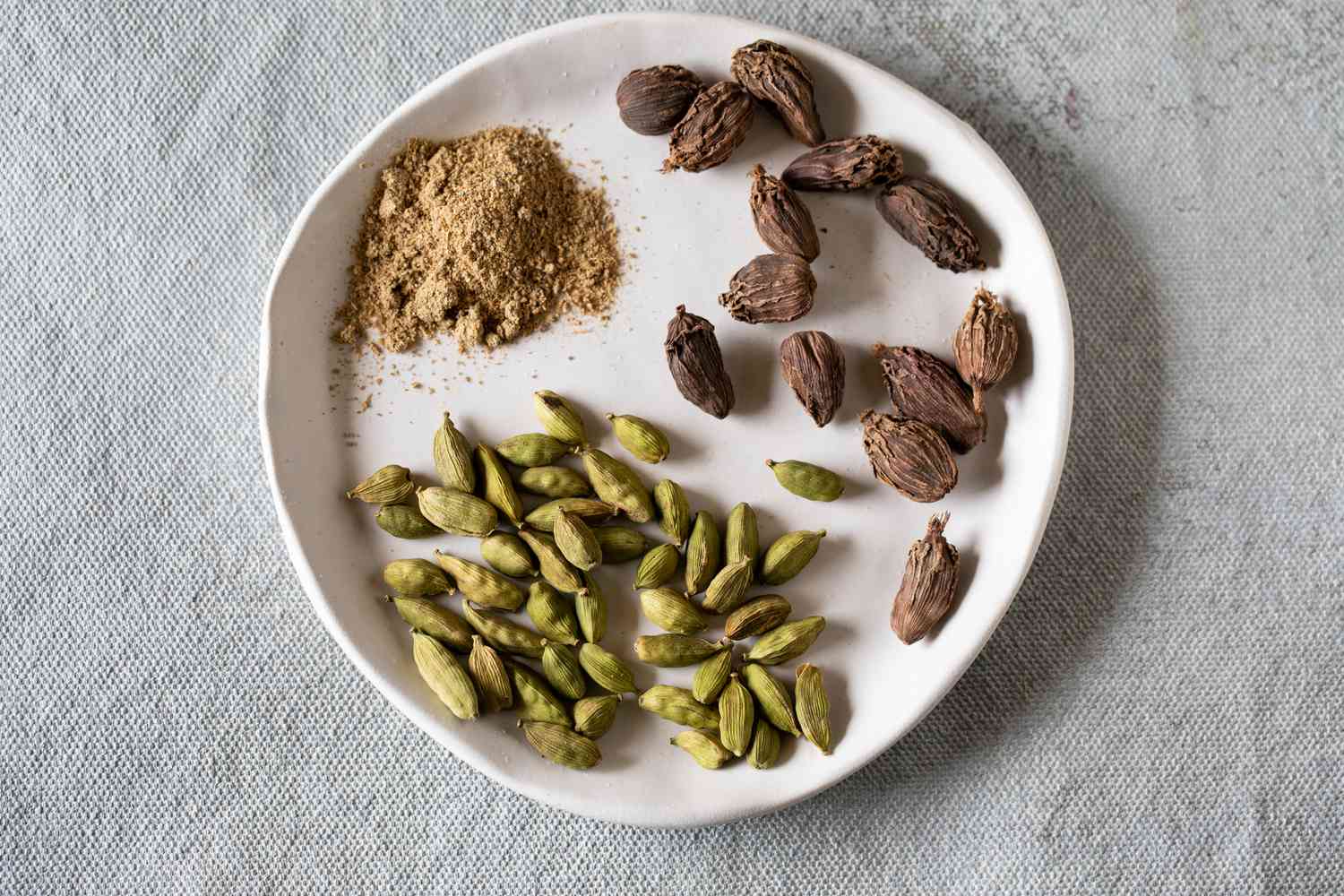
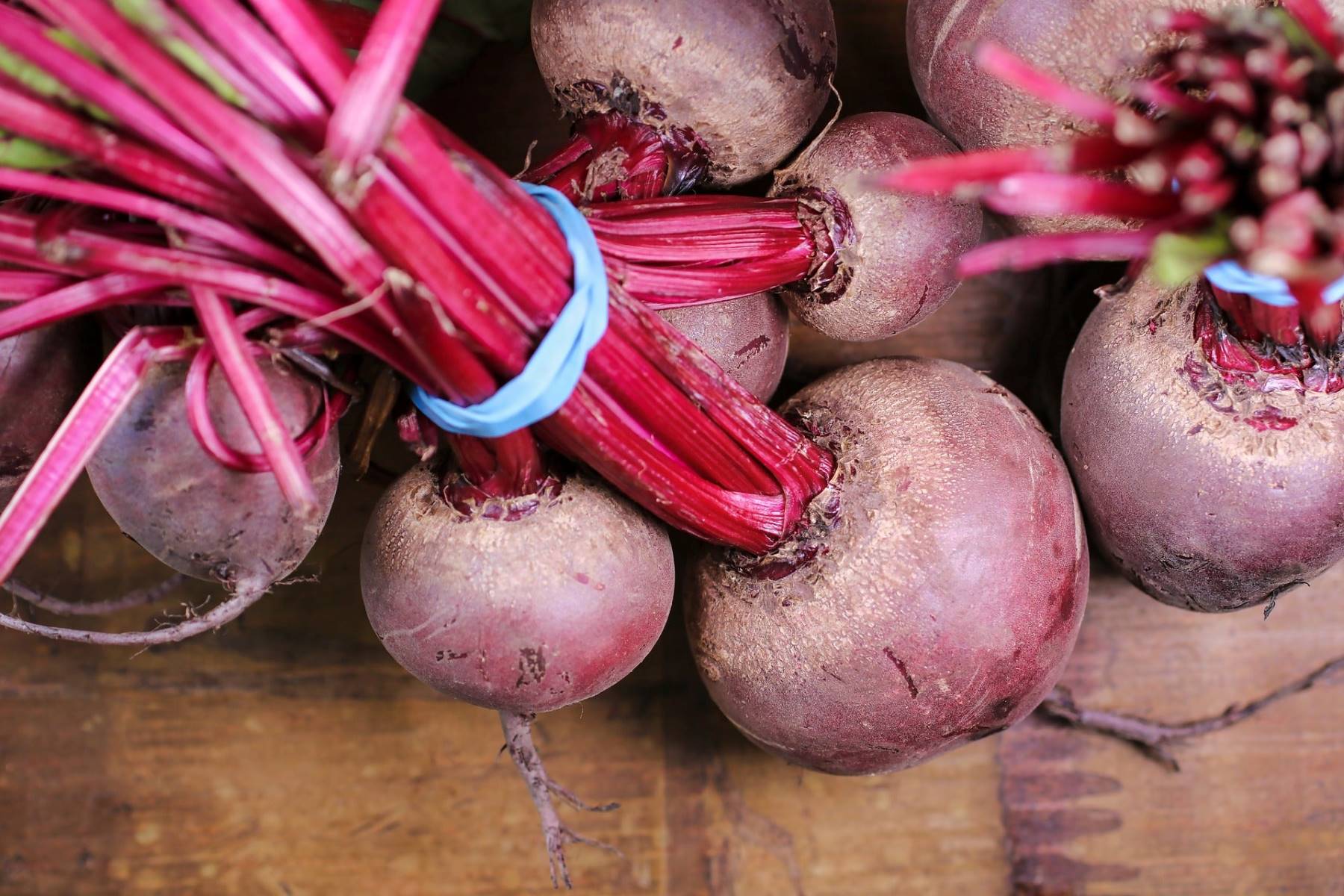
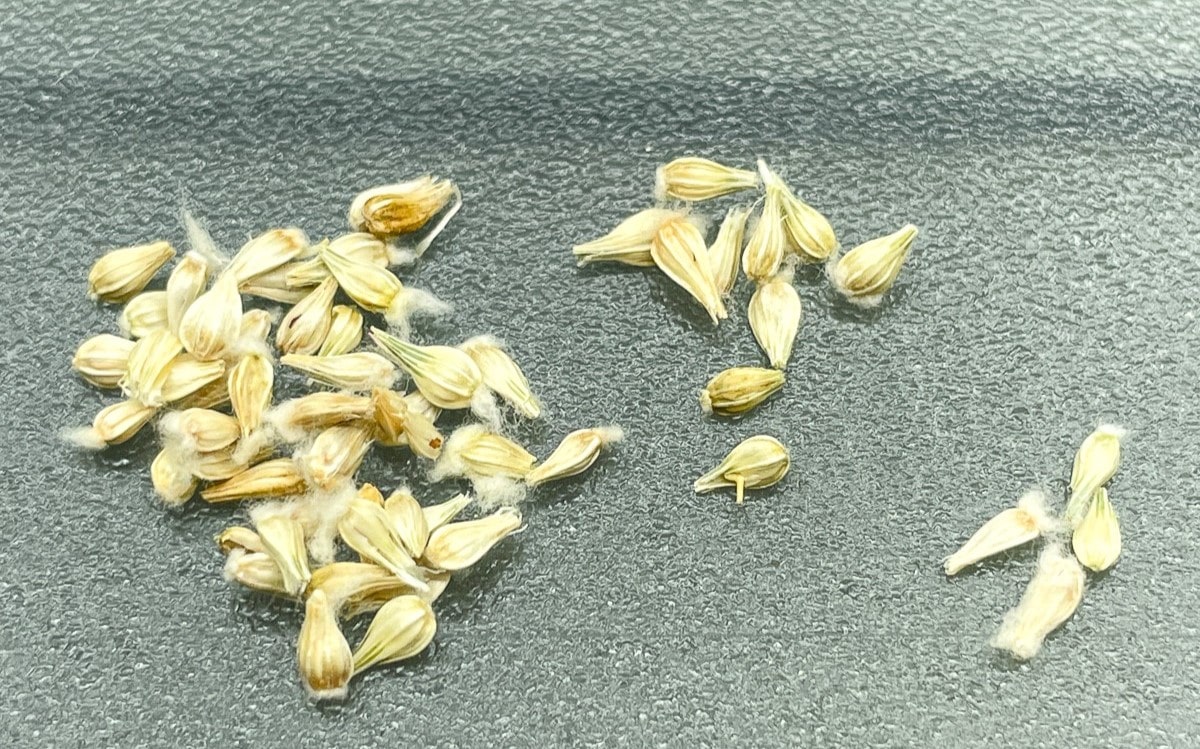
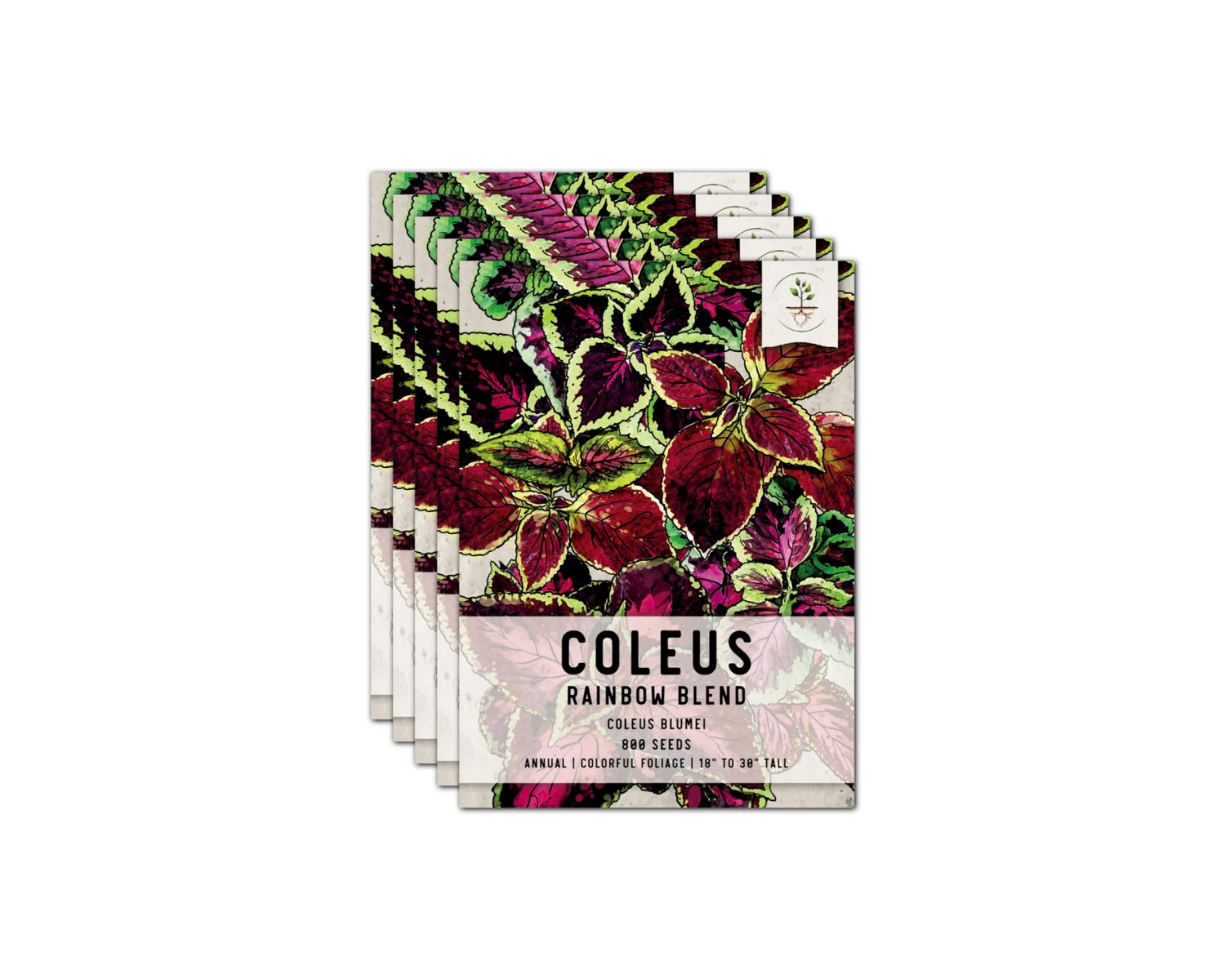
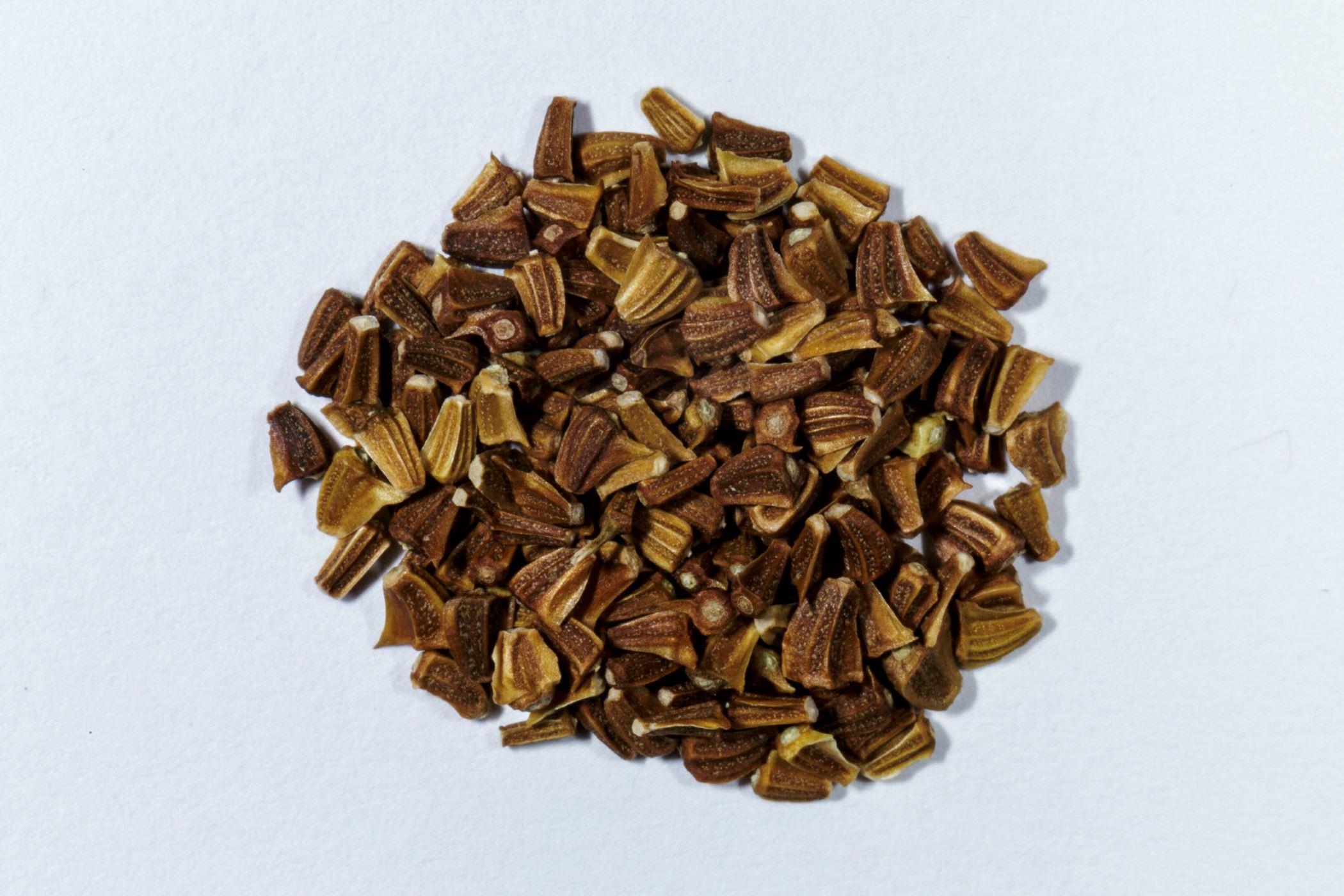
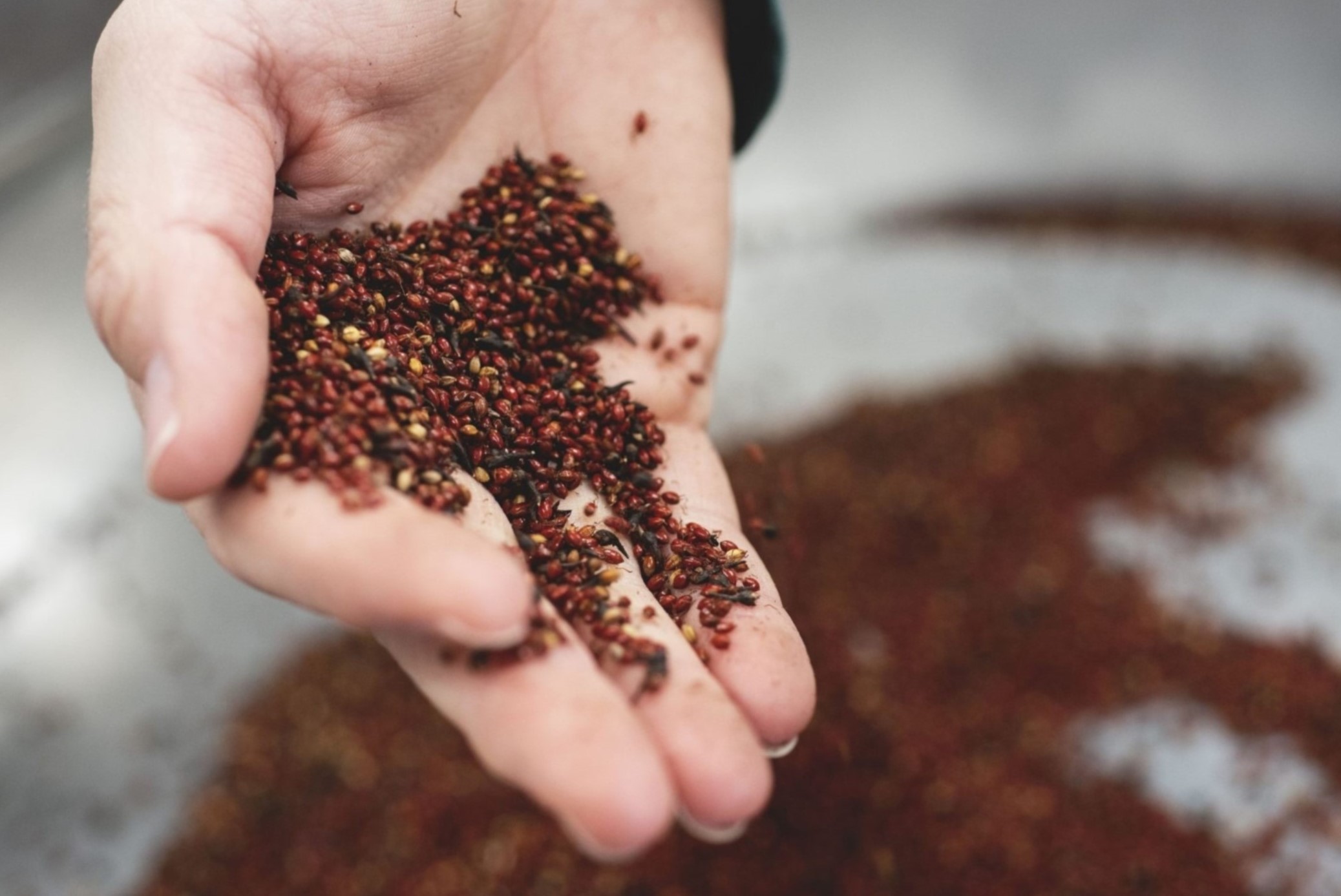
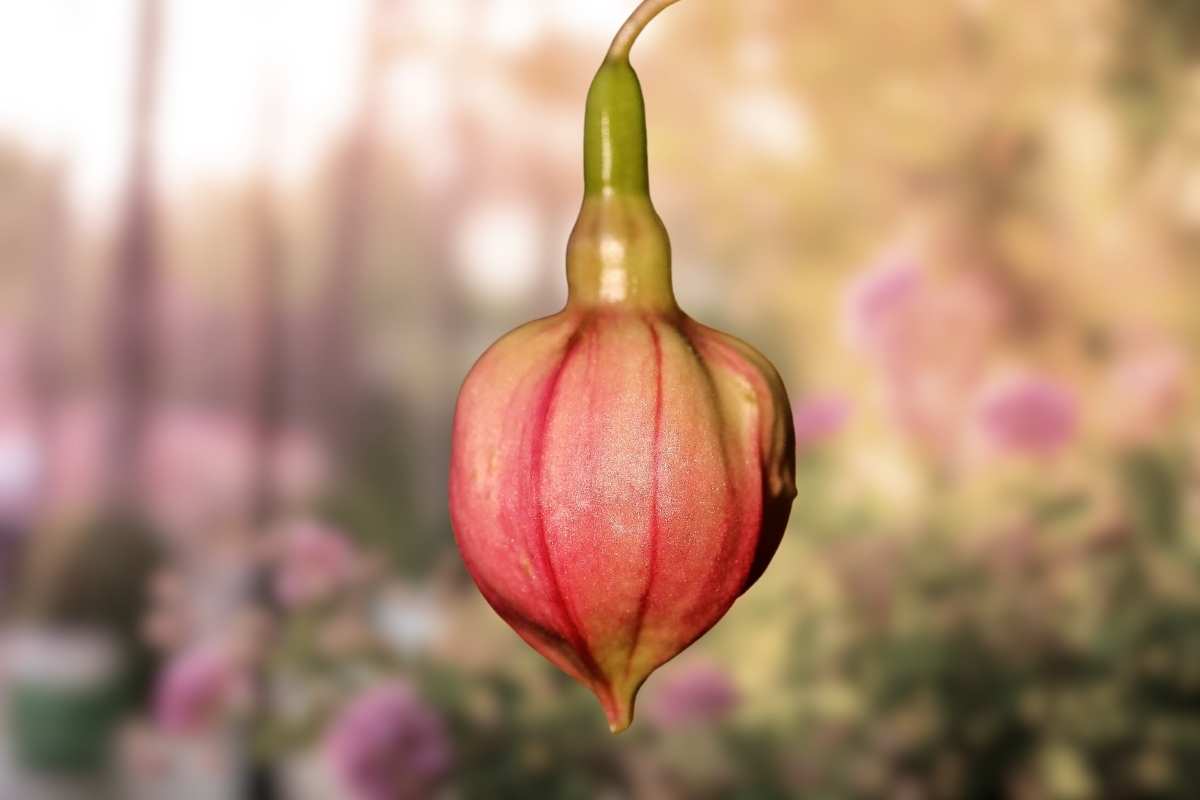
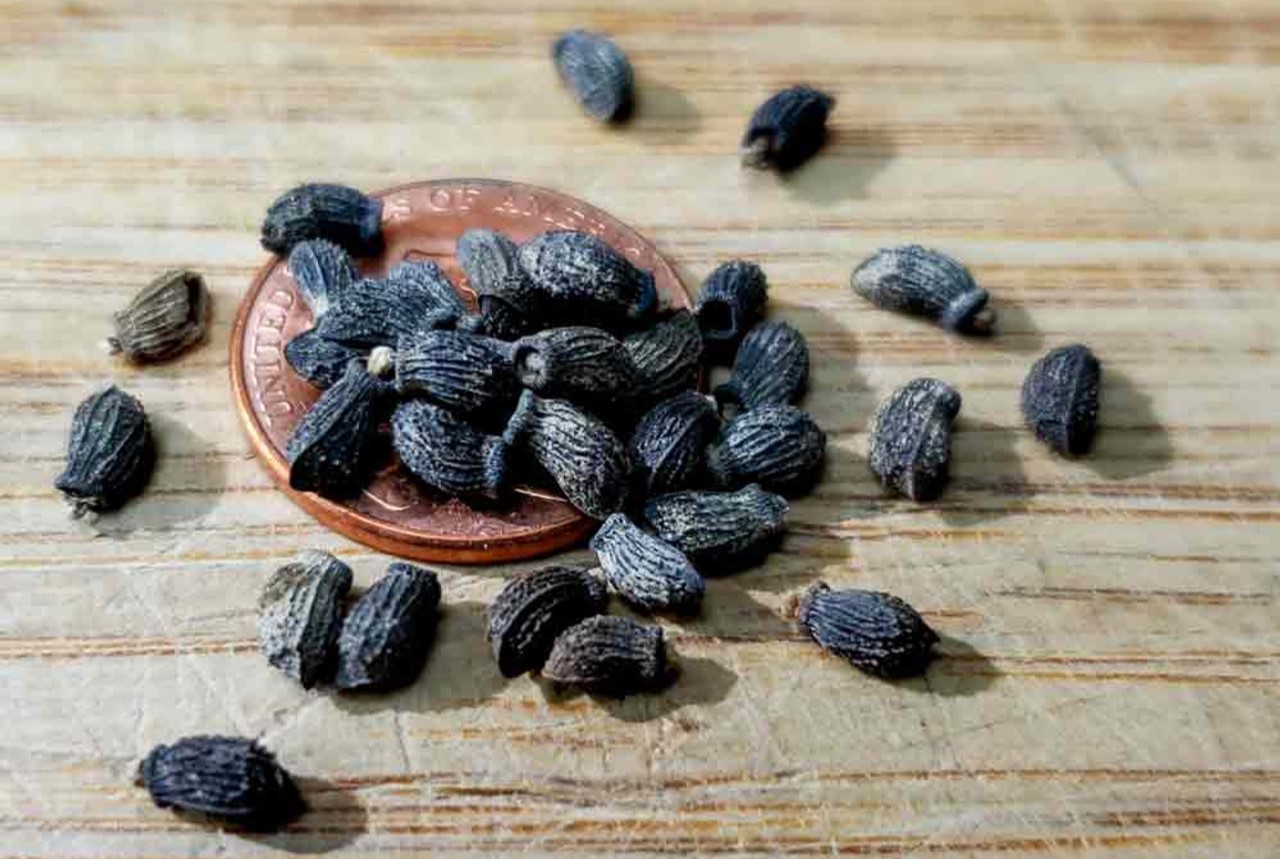
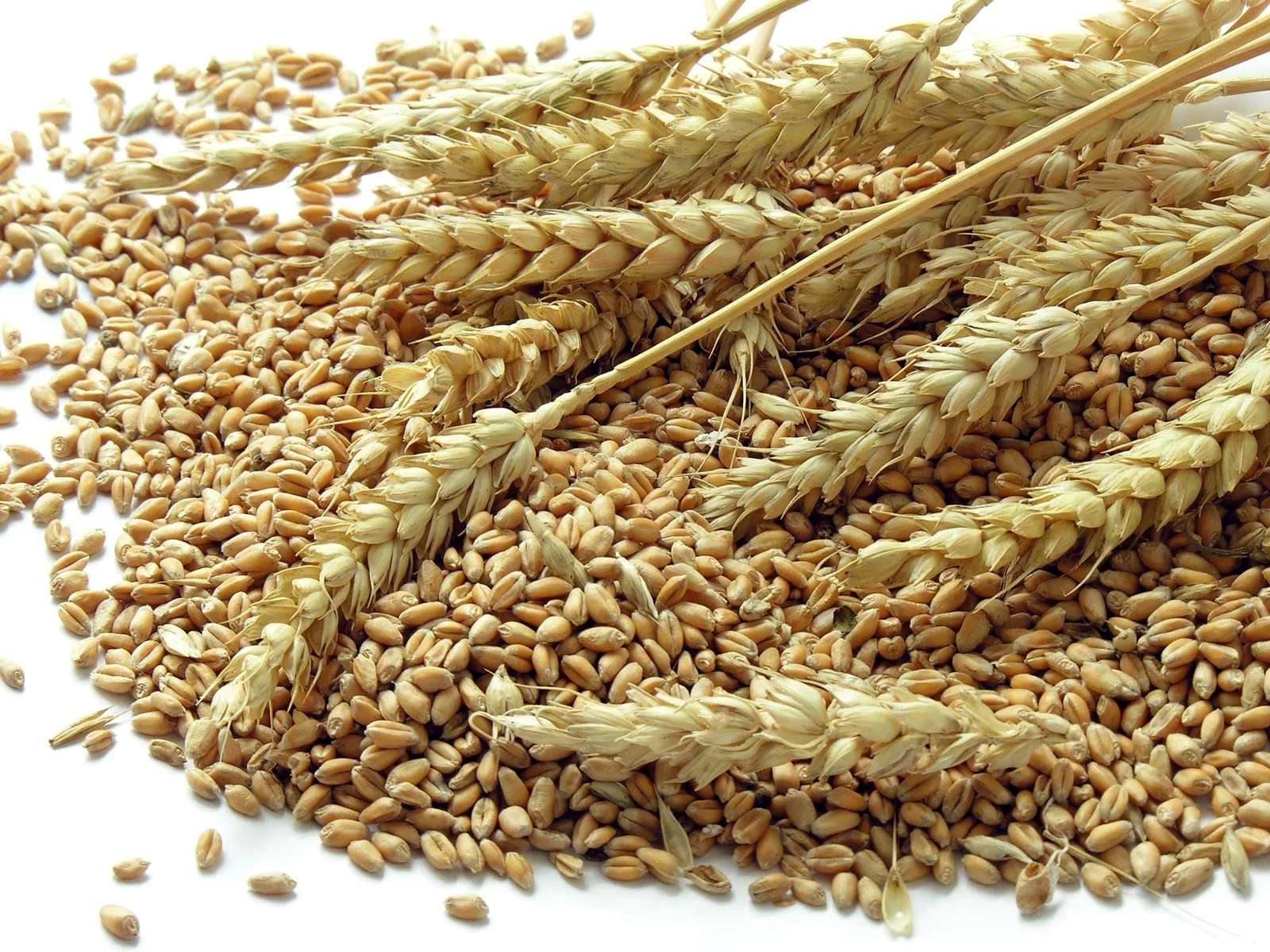
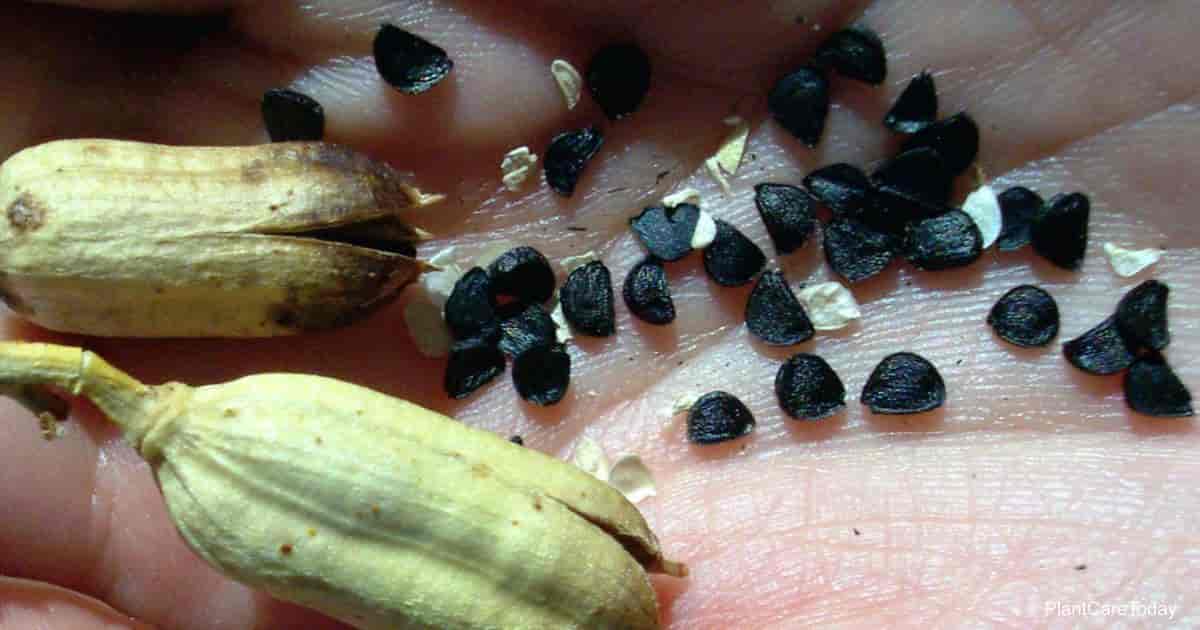
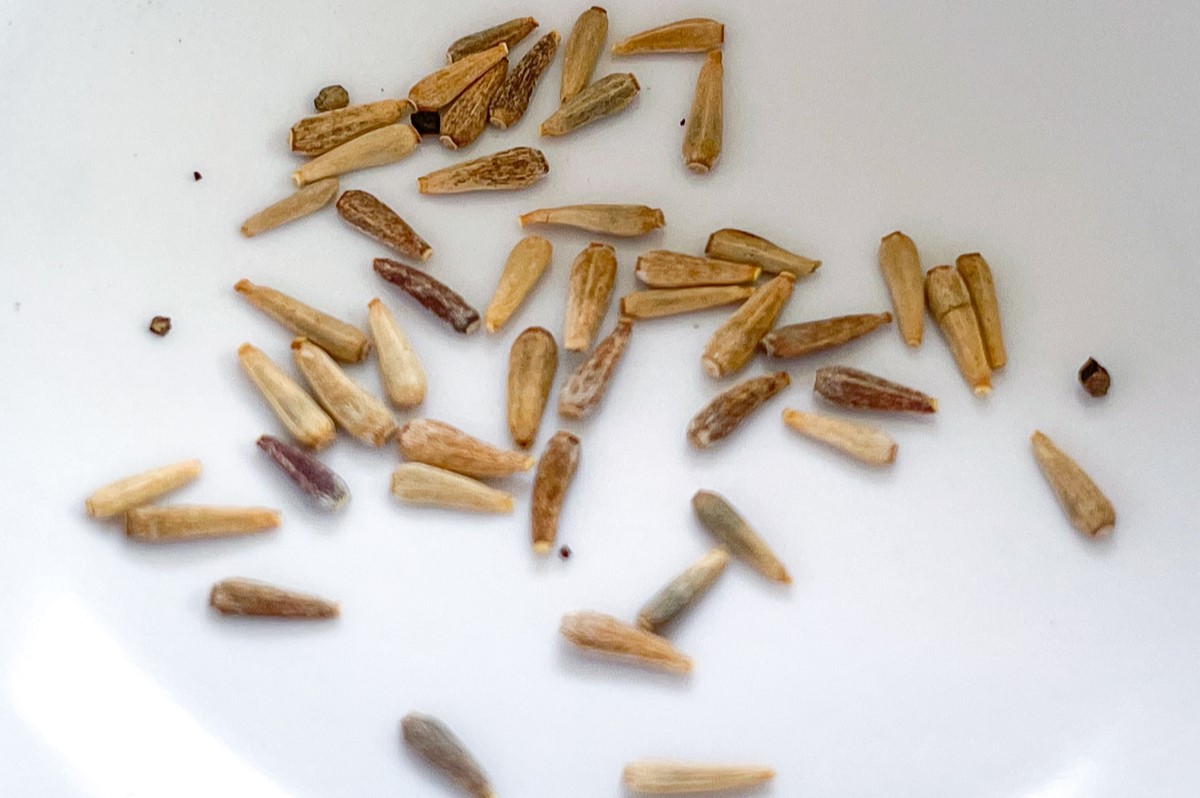

0 thoughts on “What Do Lantana Seeds Look Like”